Improved Product Durability and Reliability
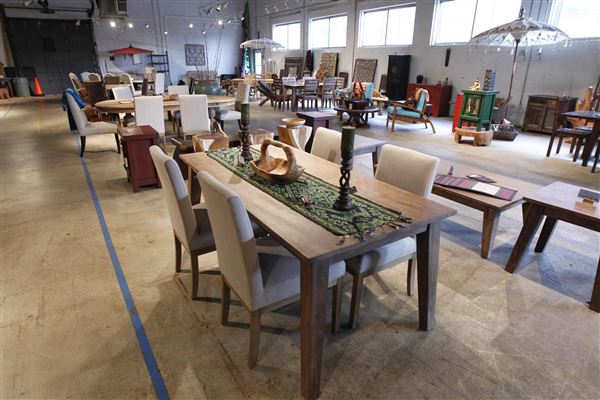
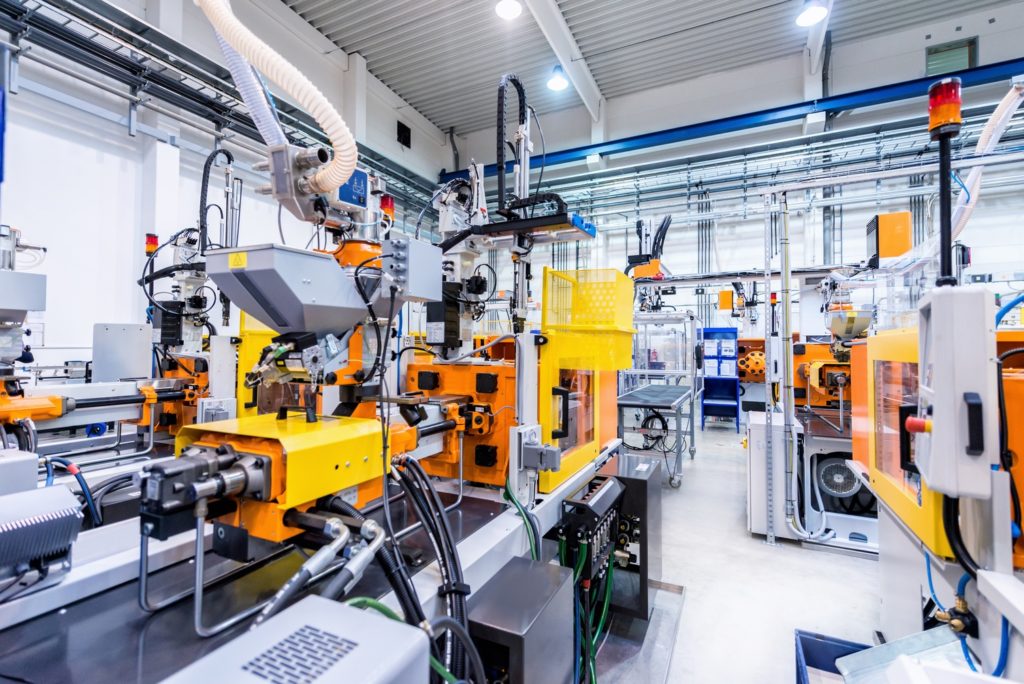
Better Durability
Adhesives and sealants are critical to increasing the durability of countless products we use and rely on every day. From sealing sensitive components against contaminants and decreasing fatigue on bonded materials to adding strength to cutting-edge materials during manufacturing and eliminating corrosion to extend the life of finished goods, adhesives and sealants improve the durability of end use products and essential components in complex fabrications.
Better Reliability
Adhesives and sealants are an essential component of every equipment maintenance and reliability plan. With rapidly developing technologies and products, businesses need to stay on top of these trends. When implemented correctly, adhesives and sealants can play a critical role in improving reliability and lowering maintenance and operational costs.
Depending on the exact type of adhesive or sealant, end uses can stretch from equipment repairs and sealing leaks to bonding materials and locking threaded fasteners. The results include extended service life, reduced incidents of catastrophic failure, and significant savings on operating and maintenance costs.
Seven unique ways adhesives & sealants improve product durability and reliability…
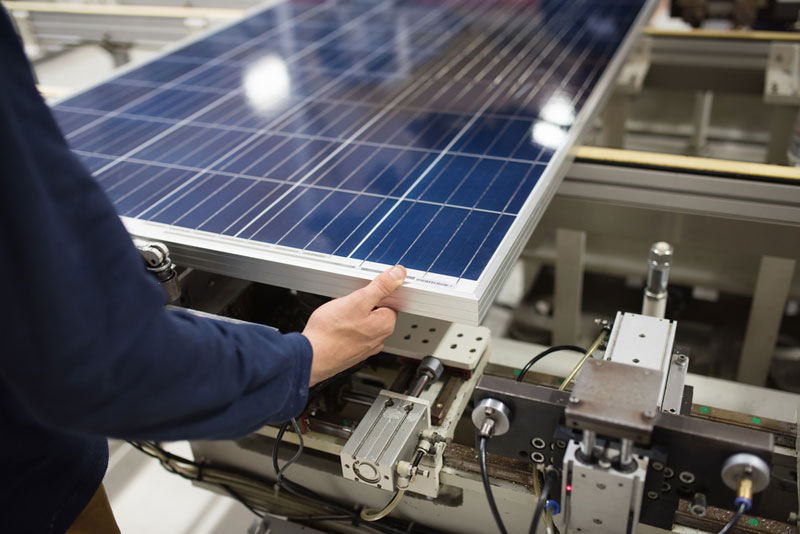
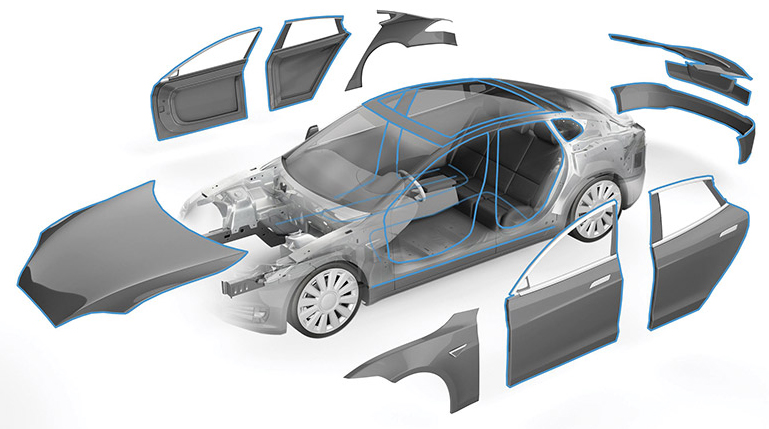
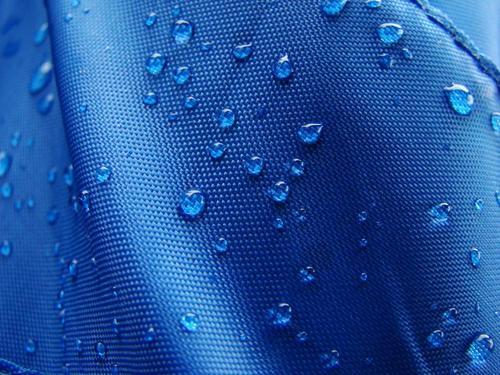
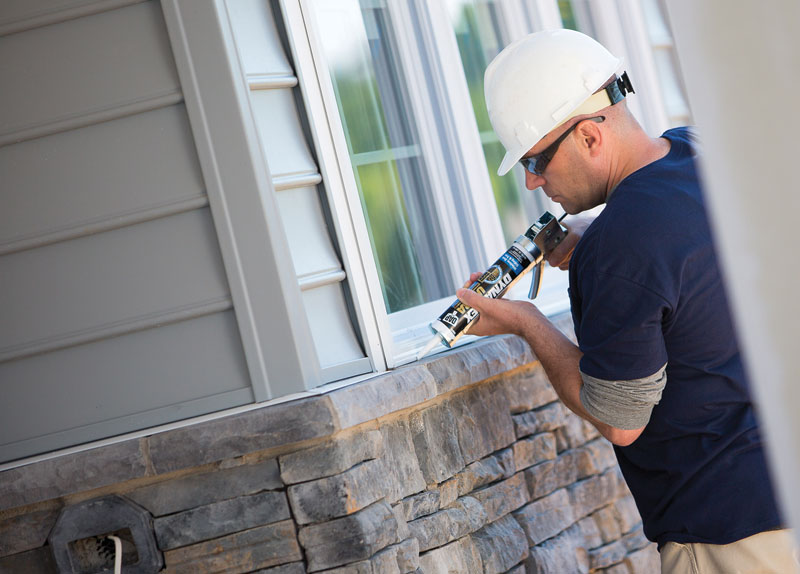
Hermetically seals against moisture, salts, UV light, smoke/frame spread, and other environmental conditions.
Solar Panels
Market: Assembly (Rigid)
Application Area: Misc
Specific Application: Sealing of solar panels
Car Bodies
Market: Assembly (Rigid)
Application Area: Vehicle Assembly
Specific Application: Sealing of car body components
Vehicles
Market: Assembly (Rigid)
Application Area: Vehicle Assembly
Specific Applications:
- Automotive Manifold Assembly
- Automotive Windshield Bonding
- Power Supply Housing
Clothing
Market: Assembly (Non-rigid)
Application Area: Apparel Laminates
Specific Applications:
Fabric combining: Fusible interlinings are able to withstand washing and dry-cleaning without wrinkles. Differential shrinkage due to shrinking of the shell fabric and thread is eliminated, resulting in more resilient and environmentally resistant tailored suits, jackets and sportswear. Adhesive applied in discrete dot patterns provide stitchless, invisible bonds of interlinings to the garment shell. Before adhesives, bonding was accomplished via stitched floating interlinings.
Adhesive combined with activated charcoal particles and other filter or absorptive materials absorb hazardous agents. This permits use of laminates with high performance characteristics, as found in hazmat suits and chemical warfare uniforms. Protective garments with breathable absorptive layers provide chemical agent protection. Before adhesives, stiff, clumsy, hot, non-breathable, protective film coated garments were the rule.
Buildings
Market: Building and Construction
Application Area: Building Envelope
Specific Application:
Firestopping sealants: Used for interior firestopping applications, typically between rooms, head of walls, and around penetrations through walls. Typically, silicone, acrylic, and intumescent acrylics are applied as smoke or flame spread resistant products in walls or floor joints, and around pipes or cable trays.
Windows
Market: Building and Construction
Application Area: Exterior/Interior Cladding and Fenestrations
Specific Application:
Structural Window Glazing: Refers to the use of specially formulated silicone sealants which bond glass, metal, stone or other infill panels to framing members. Previously, windows and architectural panels were adhered to a building’s structure via mechanical fasteners (based on gaskets), which tended t be less resistent to rain, snow and other environmental factors.
Application Area: Window and Door Openings
Specific Application: Insulating Glass Unit Perimeter Sealant

Improves energy efficiency and air quality by helping to control mold and mildew growth within wall cavity.
Buildings
Market: Building & Construction
Application Area: Window and Door Openings
Specific Application:
Air and vapor barrier sealants: Pre-molded silicone sheet and silicone sealants control air and vapor flow through window perimeters. Previously no such systems were used in either new or restored window installations.



Compensates for differential thermal expansion or contraction caused by exposing dissimilar materials to temperature change.
Buildings
Market: Building & Construction
Application Area: Exterior/Interior Cladding & Fenestrations
Specific Application:
Structural Window Glazing – Refers to the use of specially formulated silicone sealants which bond glass, metal, stone or other infill panels to framing members. Previously, windows and architectural panels were adhered to a building’s structure via mechanical retention (based on gaskets) which created less reistant to differing thermal expansion between the glass window and metal framing.
Application Area: Flooring Underlayment
Specific Applications Include:
Installation of floor coverings on sub floor heating systems – Here, different substrates (e.g., cementous screeds or asphalt as subfloors and wood or rubber as floor coverings) are joined by an adhesive, which also reduces the tensions exerted by the different temperature change responses of the subsrates.
Motors
Market: Assembly (Rigid)
Application Area: Machinery
Specific Applications Include:
Motor Assemblies – Ceramic magnets bonded to steel stators. Adhesives help insulate dissimiliar metals which may react differently to service temperature changes and consequently may expand or contract at different rates.


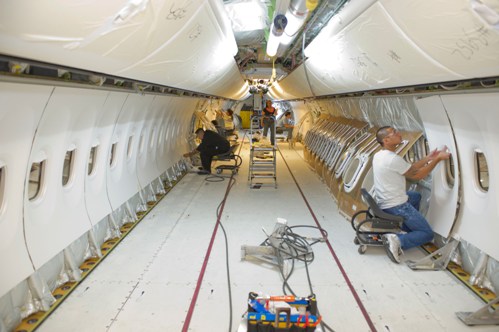
Spreads and absorbs stress to provide increased fatigue resistance versus mechanical fastener.
Buildings
Market: Building and Construction
Application Area: Exterior/Interior Cladding & Fenestrations
Specific Applications Include:
Structural Window Glazing – Refers to the use of specially formulated silicone sealants which bond glass, metal, stone or other infill panels to framing members. Previously, windows and architectural panels were adhered to a building’s structure via mechanical retention (based on gaskets). These tended not to distribute environmental stresses as well, resulting in more frequent window replacements.
Application Area: Resilient Flooring
Specific Applications Include:
Subfloors and floor coverings – eith the installation of floor coverings that possess significant coefficients of dimensional changes caused by humidity or temperature (e.g., parquet, linoleum) the adhesive layer between subfloor and floor covering reduces the arising stresses.
Aircraft
Market: Transporation
Application Area: Aircraft and Aerospace
Specific Applications Include:
Aircraft Lightweight Honeycomb Sheets – the application of adhesive bonding technology in aircraft manufacture allows extremely lightweight design afforded by using light metal alloys, fiber-reinforced plastics and so-called sandwich components. One specific example involves bonding internal structures together, namely lightweight honeycomb sheets.
Adhesives are also used for creating high stress joints, so-called primary structures, for example for the external stiffening of sheet metal of differing geometric size, for sandwich structures made of aluminum or plastic honeycombs with bonded-on veneers and for bonding stacks of sheets. The vertical tail of the Airbus commercial aircraft is one example of this, and is composed of carbon-fiber reinforced epoxy resin adhesive. Individual components of the veneers are precured and the entire component bonded in an autoclave. Today’s next generation aircraft, such as the Airbus 380 and Boeing Dreamliner 787, rely on significantly more plastic materials of construction, which incorporate more adhesives than earlier generations of aircraft.


Provides continuous bond line, offering stiffening with no added weight/material.
Windows
Market: Building and Construction
Application Area: Exterior/Interior Cladding & Fenestrations
Specific Applications Include:
Structural Window Glazing – refers to the use of specially formulated silicone sealants which bond glass, metal, stone or other infill panels to framing members. Previously, windows and architectural panels were adhered to a building’s structure via mechanical retention (based on gaskets) which added additional unnecessary weight to structures.
Vehicles
Market: Transporation
Application Area: Vehicle Assembly
Specific Applications Include:
Auto Door Stiffener
Auto Hood Stiffener


Eliminates corrosion associated with metal fasteners and dissimilar metals.
Cars, Trucks, Buses, Trains
Market: Transportation
Application Area: Vehicle Assembly
Specific Applications Include:
- Automotive Body Repair
- Railcar Panels
- Roof Profiles on Trucks
- Bonding and Sealing Luggage
- Compartment Flaps
- Automotive “Clinched Flange” Assembly
Windows & Architectural Panels
Market: Building and Construction
Application Area: Exterior/Interior Cladding & Fenestrations
Specific Applications Include:
Structural Window Glazing – Refers to the use of specially formulated silicone sealants which bond glass, metal, stone or other infill panels to framing members. Previously, windows and architectural panels were adhered to a building’s structure via mechanical retention (based on gaskets) which often times resulted in corrosion between dissimilar metals.

